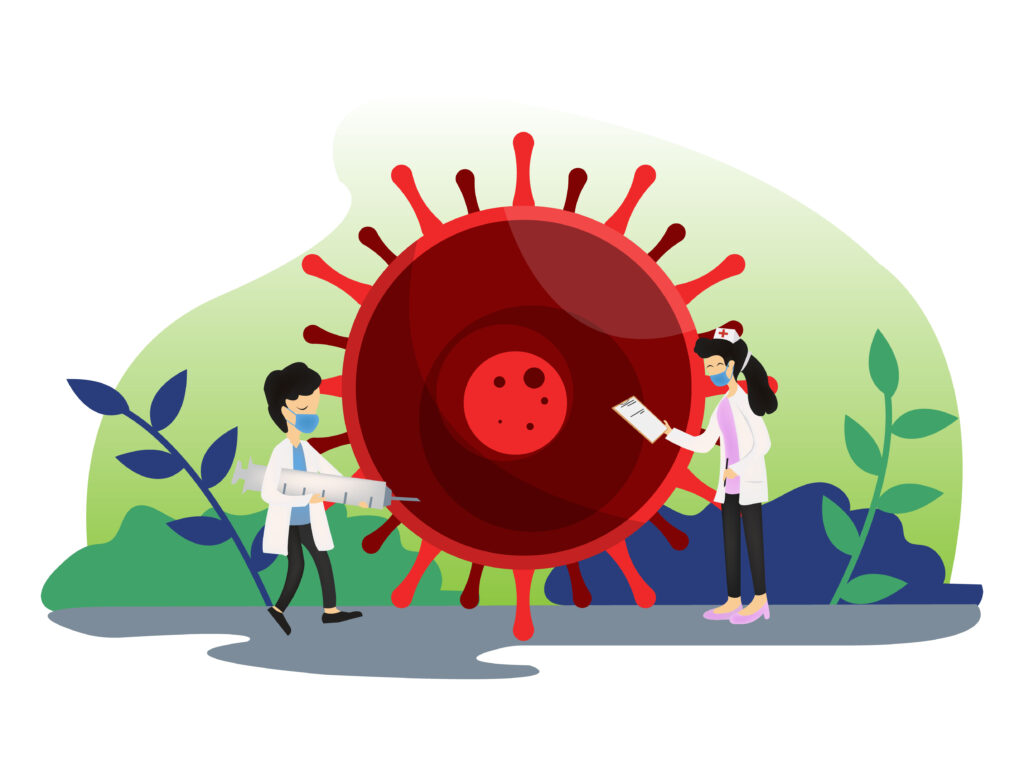-
+ 91 75 75957595+ 91 75 75957595
-
drgeethika.amara@gmail.comdrgeethika.amara@gmail.com
Iron-deficiency anemia is the most prevalent form of anemia, especially among women and children. It happens when your body lacks enough iron to produce hemoglobin, the protein in red blood cells responsible for carrying oxygen. Without adequate oxygen, your muscles and organs can’t function properly, leading to a variety of symptoms that can affect daily life.

Iron-deficiency anemia is often caused by blood loss, inadequate dietary intake, or an inability to absorb iron efficiently. Women of childbearing age are particularly vulnerable due to menstrual bleeding. Pregnant women also need more iron, making supplementation crucial. Other risk factors include frequent blood donations, gastrointestinal disorders like ulcers or celiac disease, and a diet low in iron-rich foods.
Symptoms can range from mild to severe. Common signs include fatigue, weakness, pale or yellowish skin, cold hands and feet, dizziness, headaches, and shortness of breath. In some cases, people may experience unusual cravings for non-food substances such as ice or clay (a condition known as pica).
Diagnosing iron-deficiency anemia typically involves a complete blood count (CBC) test to measure levels of hemoglobin and hematocrit. Additional tests may check for ferritin and serum iron levels to confirm the diagnosis and identify the underlying cause.
The primary goal is to restore iron levels and treat the root cause. Treatment often includes dietary changes, iron supplements, and addressing any bleeding or absorption issues. Foods rich in iron include red meat, poultry, beans, lentils, tofu, and leafy greens. Vitamin C can enhance iron absorption, so combining iron-rich foods with citrus fruits or tomatoes is beneficial.
Iron supplements are commonly prescribed, but they can cause side effects like constipation or nausea. Always take them under medical supervision. In severe cases, intravenous iron therapy or blood transfusions may be needed.
If you experience persistent fatigue or any of the symptoms mentioned, consult a healthcare provider. Early diagnosis can prevent complications such as heart problems or developmental delays in children.
Iron-deficiency anemia may be common, but it’s also highly treatable and preventable. With the right approach to nutrition, medical care, and awareness, you can restore your energy and protect your health. Understanding the signs and taking proactive steps can make a significant difference in your overall well-being.
Dr. Geethika’s Clinic in Jubilee Hills provides compassionate, personalized care, specializing in chronic conditions, preventive health, wellness, and nutrition.
Copyright © 2024 DR. GEETHIKA’S CLINIC – All Rights Reserved.
Designed & Developed by Galaxy Tech Solutions
WhatsApp us